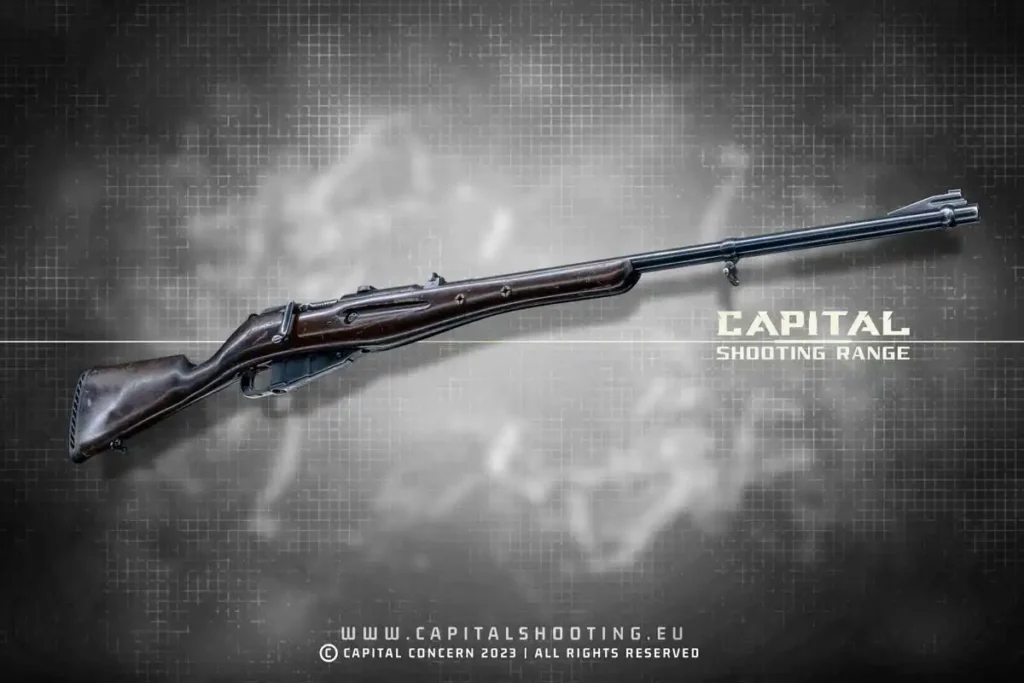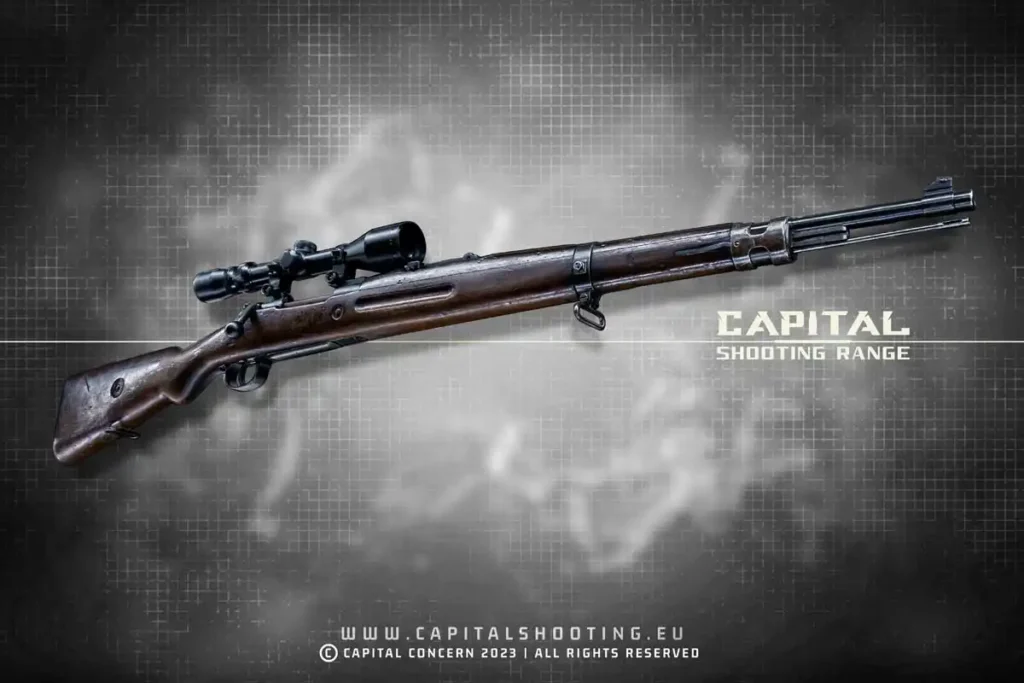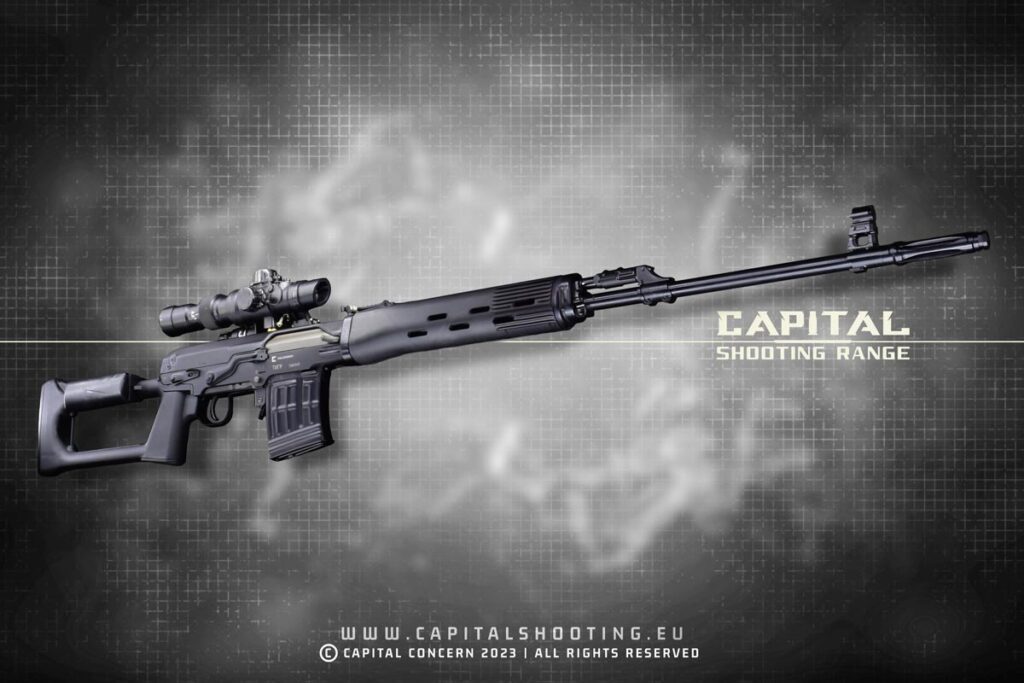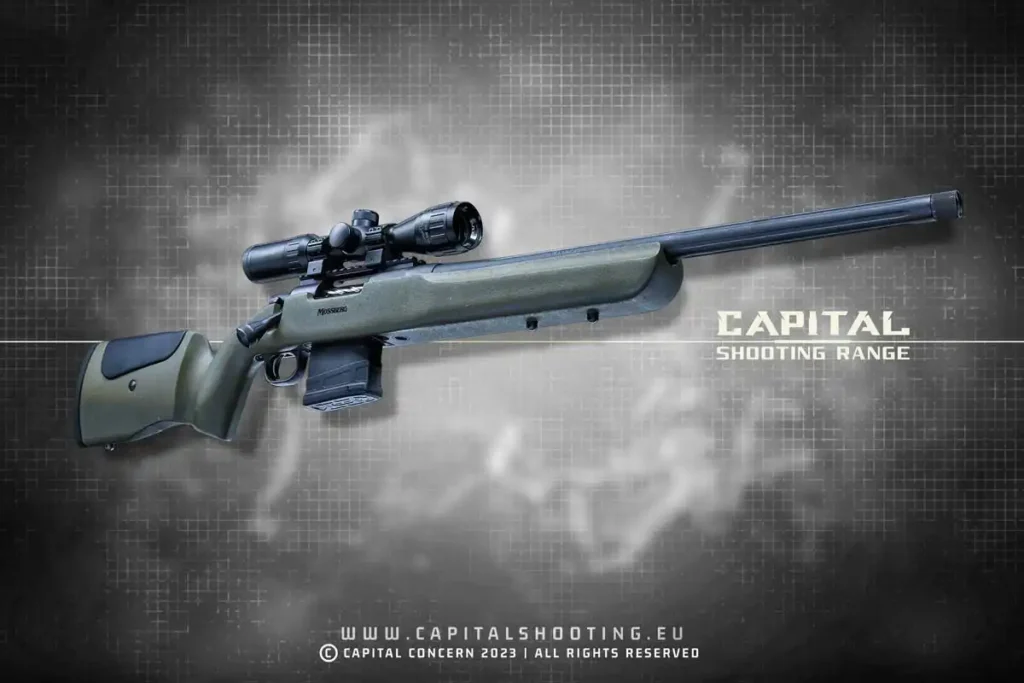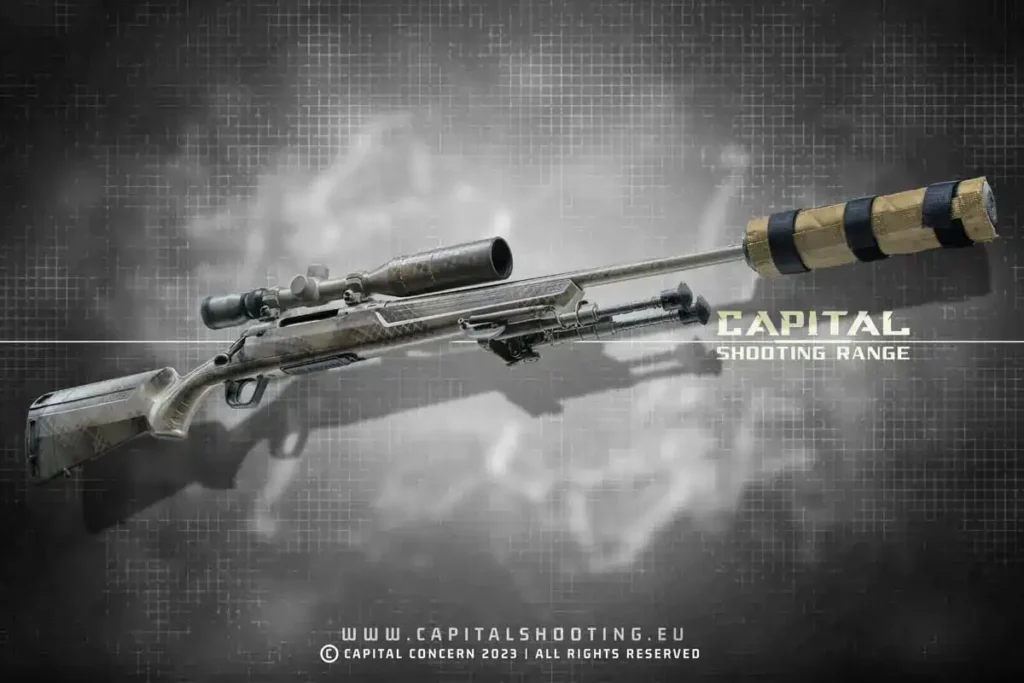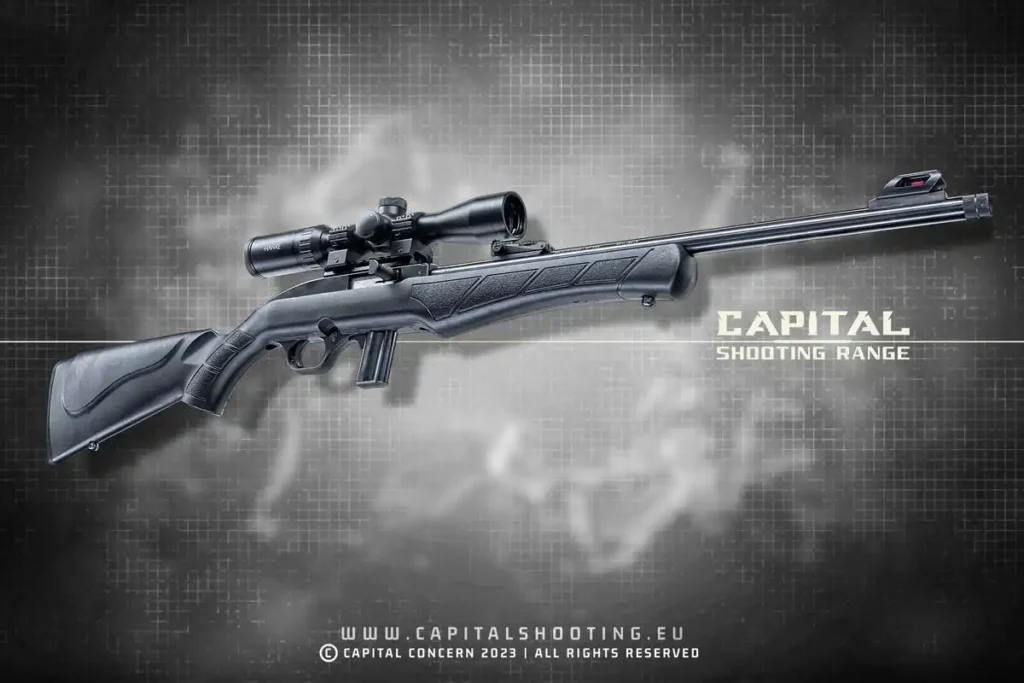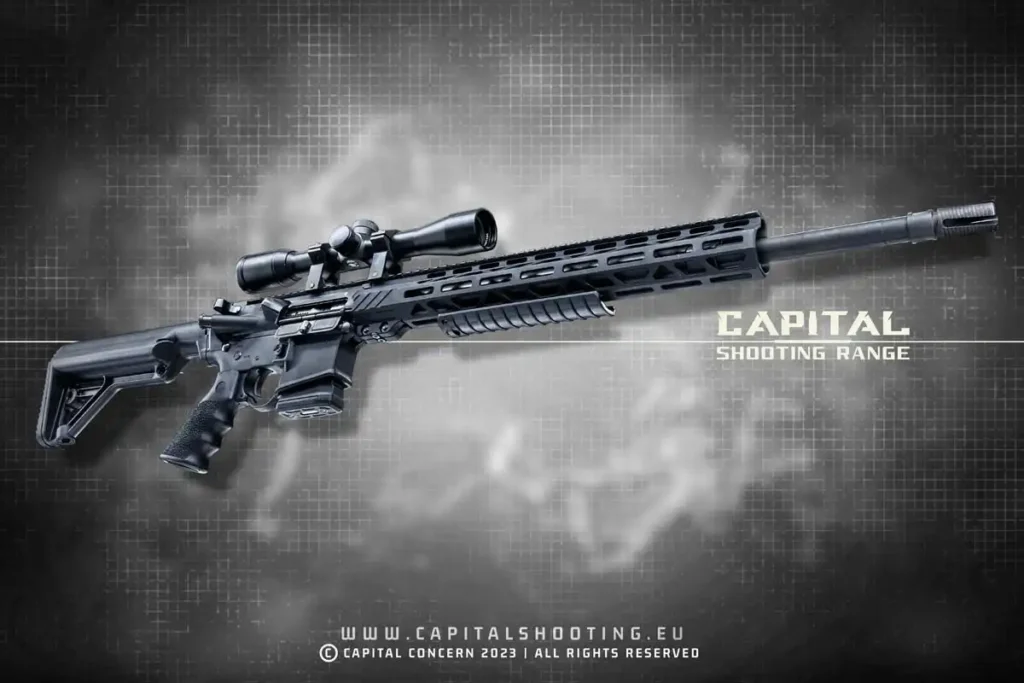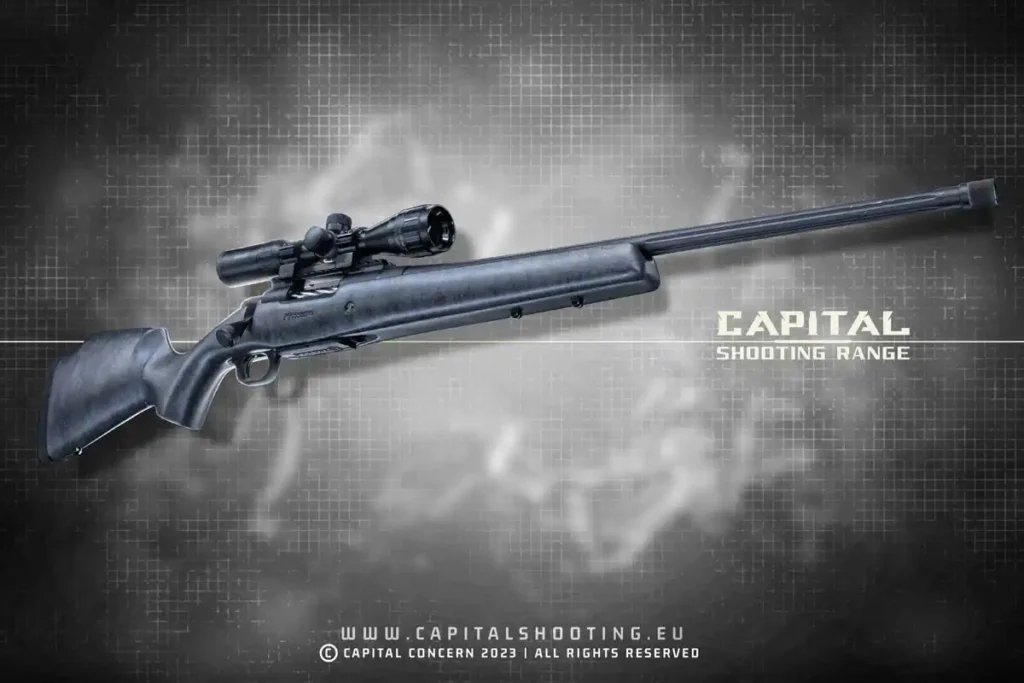Introduction the Mosin Nagant Rifle: An Icon of Military History
The Mosin Nagant rifle, commonly referred to as the Mosin rifle in Russia or the Mosin Nagant rifle in the West, served as the standard infantry service rifle for both the Russian Empire and the Soviet Union from 1891 until around 1945. This rifle is renowned for its longevity and reliability, marking its place as one of history’s longest-serving bolt-action rifles. Today, it continues to see action in various global conflicts, showcasing its robust design and enduring utility.
Captain Sergei Ivanovich Mosin designed the rifle and oversaw its rigorous trials in 1889 alongside two other designs, including one by Belgian engineer Léon Nagant. Following these trials, Mosin’s design received official adoption in 1891, with the rifle commission introducing several modifications. This process included elements from Nagant’s model. As a result, a competitive environment developed, leading to a legal dispute with the GAU commission. Ultimately, this dispute resulted in a settlement that awarded Nagant a payment for his contributions.
Rifle Design
The Mosin Nagant rifle’s design reflects a collaborative effort. Components come from Mosin, various commission members, and Nagant himself. Consequently, the rifle entered service with the somewhat impersonal designation “3-line rifle M1891,” referencing its .30 caliber (which is actually .762 mm). The dispute over its naming rights garnered attention in the Western press, contributing to the term “Mosin Nagant rifle.” However, in Russia, the designation felt unusual.
By the 1920s, colloquial usage began to take hold. Soldiers and civilians alike adopted the term “Mosin rifle” (Russian: “винтовка Мосина,” vintovka mosina). Moreover, common nicknames such as “Mosinka” (the feminine form of “Mosin”) and “Trekhlineyka” (meaning “3-liner”) emerged, reflecting the affection for this iconic weapon.
Design Features
Throughout its extensive production run of over three decades, the M1891 underwent numerous revisions. These changes led to a variety of configurations and models. As a result, many M91 rifles today display a mix of early and late features, as replacement parts were commonly used during repairs. Early M1891 rifles featured a finger rest, sling swivels on the magazine and the front barrel band, an early flat rear sight leaf, and lacked an upper handguard.
In contrast, later models had the finger rest removed, replaced the sling swivels with sling slots, and introduced upper handguards. Additionally, they incorporated Konovalov rear sights and late-pattern barrel bands. These incremental changes significantly improved functionality and user experience, reflecting lessons learned in the field during operational use.
Variants of the Original Infantry Rifle
In addition to the various iterations of the original Infantry Rifle, the M1891 included several notable full-length variants:
- Dragoon: Developed specifically for mounted infantry, this shortened variant featured a barrel that was 2.75 inches shorter than the original model. It was designed to be more maneuverable for cavalry units, and various updated reconfigurations of the Dragoon also exist, catering to different military applications.
- Cossack: Tailored for cavalry use, this variant was further shortened and notably did not come with a bayonet. This design made it more practical for mounted operations where speed and agility were essential.
- M91/30: In 1930, the Soviet Union released an updated version of the M1891 rifle, which featured a Dragoon-length barrel. This model included numerous changes to parts for enhanced reliability and ease of use. It could be visually distinguished by its round hooded front sight and became the most commonly used bolt-action rifle by the Red Army during World War II.
Moreover, the Mosin Nagant was the first firearm to chamber the 7.62x54mm R cartridge, which holds the distinction of being the longest-serving centerfire cartridge in history. This cartridge remains in active service with various military forces today, showcasing the Mosin Nagant’s versatility and enduring legacy.
Specifications
(1891 – Present)
- Type: Rifle
- Caliber: 7.62x54mm Rimmed
- Weight: 8.8 lbs (4 kg, M91/30)
- Length:
- M1891: 51.5 in (130.8 cm)
- Dragoon/Cossack/M91/30: 48.5 in (123.2 cm)
- Barrel Length:
- M1891: 31.5 in (80 cm)
- Dragoon/Cossack/M91/30: 28.8 in (73 cm)
- Muzzle Velocity: 2,838 ft/s (865 m/s)
- Capacity: 5-round single stack internal box magazine (loaded with 5-round charger or stripper clips)
- Fire Modes: Bolt-Action
Frequently Asked Questions
1. What is the historical significance of the Mosin Nagant rifle?
- The Mosin Nagant rifle is significant due to its extensive use by the Russian Empire and Soviet Union during key historical conflicts, including World War I and World War II. Its design and performance have made it a symbol of Russian military history.
2. How many variants of the Mosin Nagant rifle exist?
- There are several variants of the Mosin Nagant rifle, including the Dragoon, Cossack, and M91/30 models, each tailored for specific military applications and user needs.
3. What cartridge does the Mosin Nagant use?
- The Mosin Nagant rifle uses the 7.62x54mm R cartridge, which is notable for being the longest-serving centerfire cartridge in history and is still in use by various military forces today.
4. What are the weight and length specifications of the M91/30 model?
- The M91/30 model weighs approximately 8.8 lbs (4 kg) and has an overall length of 48.5 inches (123.2 cm), making it a robust yet manageable firearm for infantry use.
5. Is the Mosin Nagant still in use today?
- Yes, the Mosin Nagant rifle is still used in various conflicts around the world, particularly by militia groups and in some military applications. This demonstrates its lasting legacy and functionality.
6. How does the Mosin Nagant rifle compare to other bolt-action rifles?
- The Mosin Nagant rifle is often praised for its reliability, ruggedness, and historical significance. Compared to other bolt-action rifles, it offers a unique blend of features that make it a favorite among collectors and shooting enthusiasts.
7. What maintenance is required for a Mosin Nagant rifle?
- Regular cleaning and maintenance are essential for the Mosin Nagant to ensure optimal performance. This includes cleaning the barrel, checking the bolt assembly, and ensuring that the magazine operates smoothly.
8. Where can I find Mosin Nagant rifles for sale?
- Mosin Nagant rifles can be found through various firearms retailers, gun shows, and online auctions. However, potential buyers should ensure they comply with local laws and regulations regarding firearm purchases.
